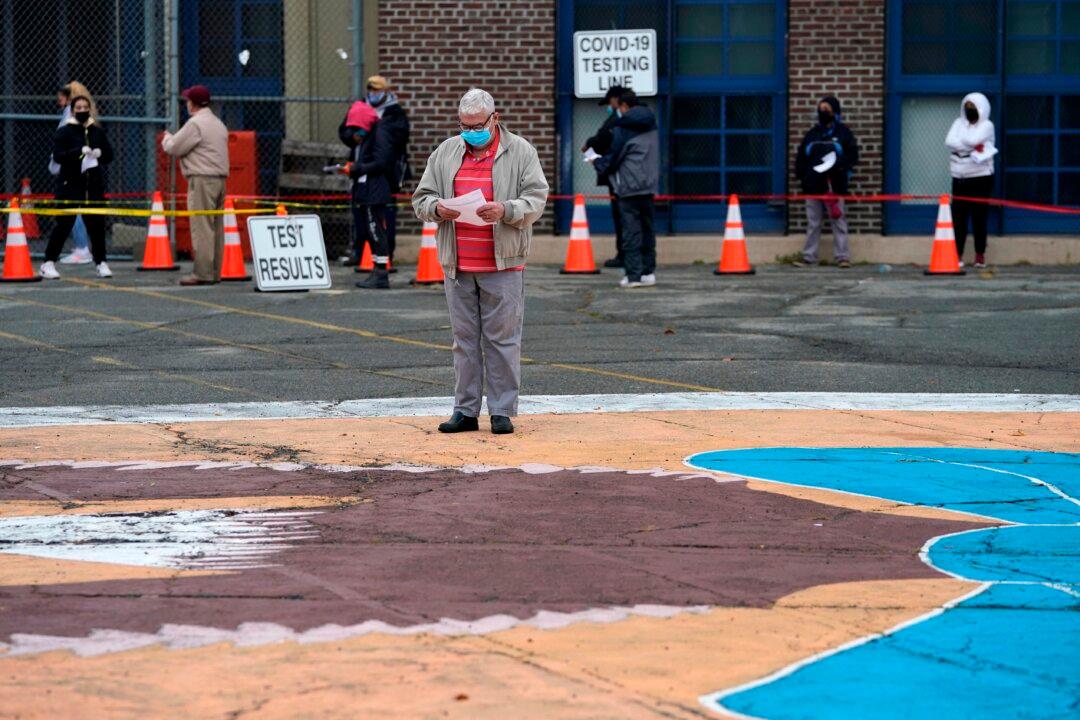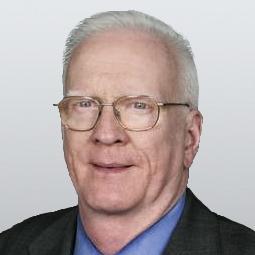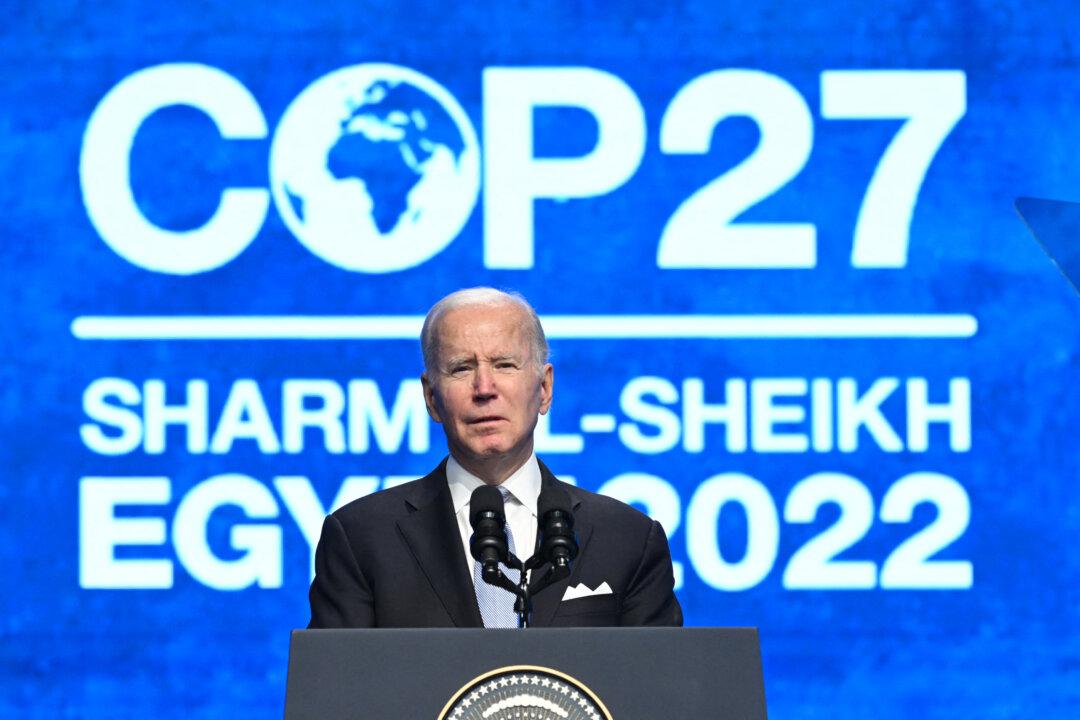Commentary
Pfizer’s Nov. 9 announcement that its BioNTech vaccine for COVID-19 was 90 percent effective in late-stage trials, and Moderna’s Nov. 16 announcement that its vaccine was 94.5 percent effective, hold the promise that the days of the dreaded pandemic may be numbered, even if widespread distribution doesn’t begin until spring of next year.





